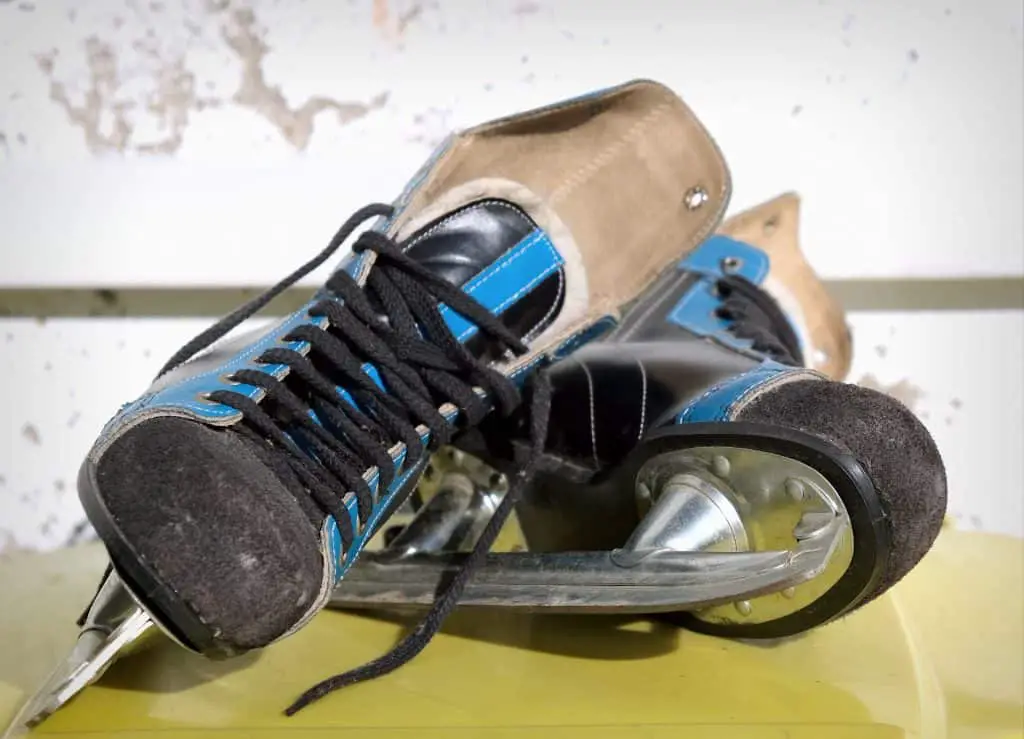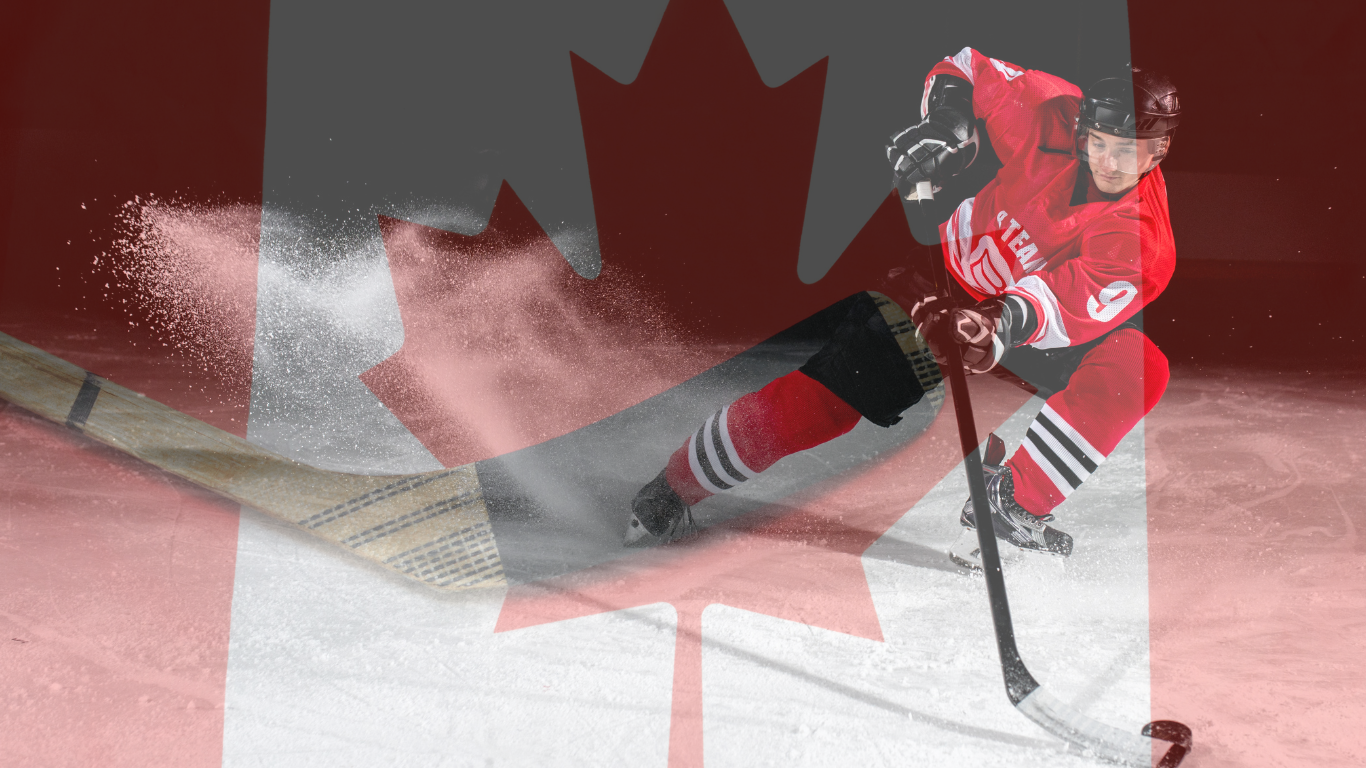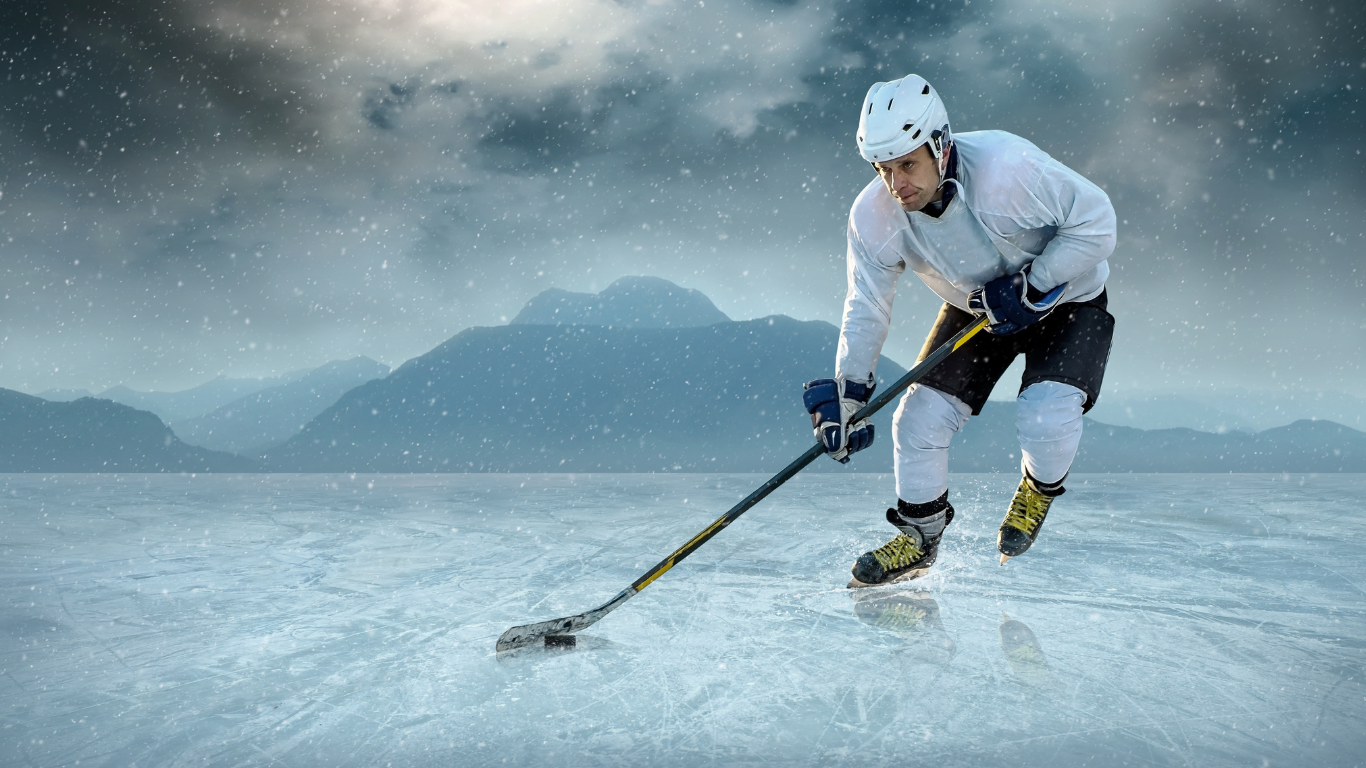As an ice hockey player, getting new skates for the season can be a sign of exciting times ahead. However, before getting on the ice, most players would choose to bake their skates with a hair dryer to ease into wearing them. So, is this good practice? The answer is – yay, baking your skates with a hair dryer isn’t all that bad. But let’s go through why players do this and how baking your skates could be a gamechanger for your skates forever.
What Does It Mean To Bake Your Skates?

For first-time ice hockey players, the term “baking your skates” would sound foreign. Historically, baking your skates would mean popping your new skating boots into a special skate baking oven to heat and soften your skates’ material. This is usually done by professional sports equipment stores and may sometimes be known as heat molding.
Players would then slip their foot into the skate and tighten the laces, allowing the skates to cool into the shape of the player’s foot. This eases the break-in period of the skates, so players could quickly take the skates onto the ice. This helps players avoid getting blisters on their feet, making it much more comfortable when using their new skates.
How Do I Bake My Skates?
While skates are traditionally baked in a special skate oven, not many players would have them at home. The use of conventional household ovens is not recommended as the heat distribution is harder to control, and this may damage and void the warranty on your skates. Instead, you could turn to an alternative household item to bake your skates, and that is to use any regular hair dryer.
Here are some steps on how to bake your skates with a hair dryer:
- Step 1: Set your hair dryer to high heat and alternate between blowing at the outer shell and inner shell of your skates. This could take between 5 to 10 minutes, depending on the heat capacity of your hair dryer.
- Step 2: Put on the socks you would regularly wear with your skates. Slip your foot into the skates, pushing your foot into the correct position. Ensure that your heels are in the heel cups.
- Step 3: Tighten your laces. You’ll want to tie them tighter than you regularly do as this will help your skates to better form around the shape of your foot.
- Step 4: Stay put for approximately 5 to 7 minutes and be careful not to crease your boots with a knee bend. You should also avoid walking in your skates at this point to ensure that the shape is formed correctly.
- Step 5: After about 5 to 7 minutes, remove your skates and let cool to room temperature. Do not rush the process with any form of cooling agent.
- Step 6: Put on your skates as usual and try walking in them. If the boots are right to fit, you’re done. You can repeat this process from Step 1 if the skates are still not well broken into but beware not to let the heat stay onto one spot for too long. This will avoid damaging the material of your skates.
When baking your skates with a hair dryer, however, do be sure to take precautionary measures to avoid hurting yourself or damaging the skates. Here are some precautionary steps that you could take:
- Wearing protective gear: This includes putting on socks before wearing your skates while they’re hot. This is to avoid burning your foot during the process.
- Staying put: It’s important to stay put while the molding process is taking place. This is as your walking stances are different from skating stances, and you may mold the skates the wrong way if you walk about during the baking process.
- Beware of hot spots: You’ll want to take note of the parts that could be really hot following a baking process such as the metal rivets where the laces go and the blade itself. This is to avoid burning yourself while baking your skates.
- Bake your skates ahead of time: If you’re considering to bake your skates with a hair dryer, it’s important to allow time for your skates to cool and harden again. The recommended timeline is to bake your skates 24 hours before you want to use them. This will avoid accidentally damaging your skates while you’re on the ice.
Do I Have To Bake My Skates?
Thankfully, whether you would want to bake your skates is completely up to your preference. If you aren’t comfortable with the process or if you’re worried about damaging your skates, you could always skip the process altogether.
You may however have to break into your skates at a slower pace to ensure that you are at your utmost comfort when wearing them. It’s also important to remember that not all skates are made of the same material, and some skates of lower price points may damage easier if you were to bake them. This is regardless if you are using a hair dryer or an oven, so you should take extra precautions before engaging in baking your skates.
What Are The Advantages of Baking Skates With a Hair dryer?
Of course, there are some advantages to baking your skates with a hair dryer. Some of these advantages include:
- Breaking in your skates easier: Baking your skates makes breaking into your skates a much easier process. This is as you’re softening the materials to your skate with the heat of the hair dryer, before allowing it to form exactly to your foot.
- Better heat control: Unlike the use of an oven, baking your skates with a hair dryer allows you to control where you would like the heat to blow at. This would reduce the risk of overheating your skates, causing accidental damage to them.
- It reduces pain to your foot caused by new skates: Similarly, baking your skates will help reduce pain and blisters from forming on your foot. This is as you will be molding them to follow the contours of your foot during the baking process.
What Are The Risks of Baking Skates With a hair dryer?
Similarly, you may find that baking your skates could bring several disadvantages as well. Here, we’ll look at the risks you may face when baking your skates with a hair dryer:
- Overheat and damage: One of the biggest risks when baking your skates is that you may overheat and damage the skates. This includes weakening the glue or stitching that is holding the boots and skates together, causing them to rip apart in the middle of the game.
- Quicker breakdown: Additionally, baking your skates causes them to breakdown quicker than usual. This is as heat is directly applied to the skates, and the materials may not be able to keep up to such damage. Over time, you may see that the wear and tear to your baked skates are quicker than those that aren’t.
- Voiding your warranty: Some skate manufacturers may also consider that baking your skates could void your warranty. This is especially true for skates that aren’t of the best quality as baking your skates is not a mandatory process, but instead a personal preference.
- Melting and burning: With skates that aren’t made of high-quality materials, you will run the risk of melting the boots altogether. In a more serious condition, this may even cause the materials to burn dangerously.
What Are the Alternatives If I Don’t Want To Bake My Skates?
If you’re not too keen in baking your skates with a hair dryer, there are several alternatives you could look at. Do bear in mind however, that these alternatives would take much longer for your skates to be comfortably wearable and that you should only bring your skates into a game when they’re properly broken in.
- Wear your skates often: While you should avoid wearing your skates into a game, you should look into putting them on whenever you can such as in practice. In time, your skates will be molded to the form of your foot so they’re more comfortable and fit snugly.
- Use tape where blisters may form: Alternatively, you could look at preparing ahead when wearing tight skates that aren’t perfectly molded to your foot. Using tape where blisters may form will avoid the skates from chaffing at your skin, reducing the damage caused by the skates. Other preventive items you could consider include plasters or corn caps that you could purchase from any drug store.
Ultimately, baking your skates with a hair dryer makes for a good idea in case you need to break into your new skates quicker than usual. It’s also better than using an oven because you get to control how and where the heat goes over your skates.
With careful planning and handling, baking your skates could make your skating experience a better one. Do keep in mind however that you should never overbake your skates, and limit baking your skates only once or twice in its entire usage period.



